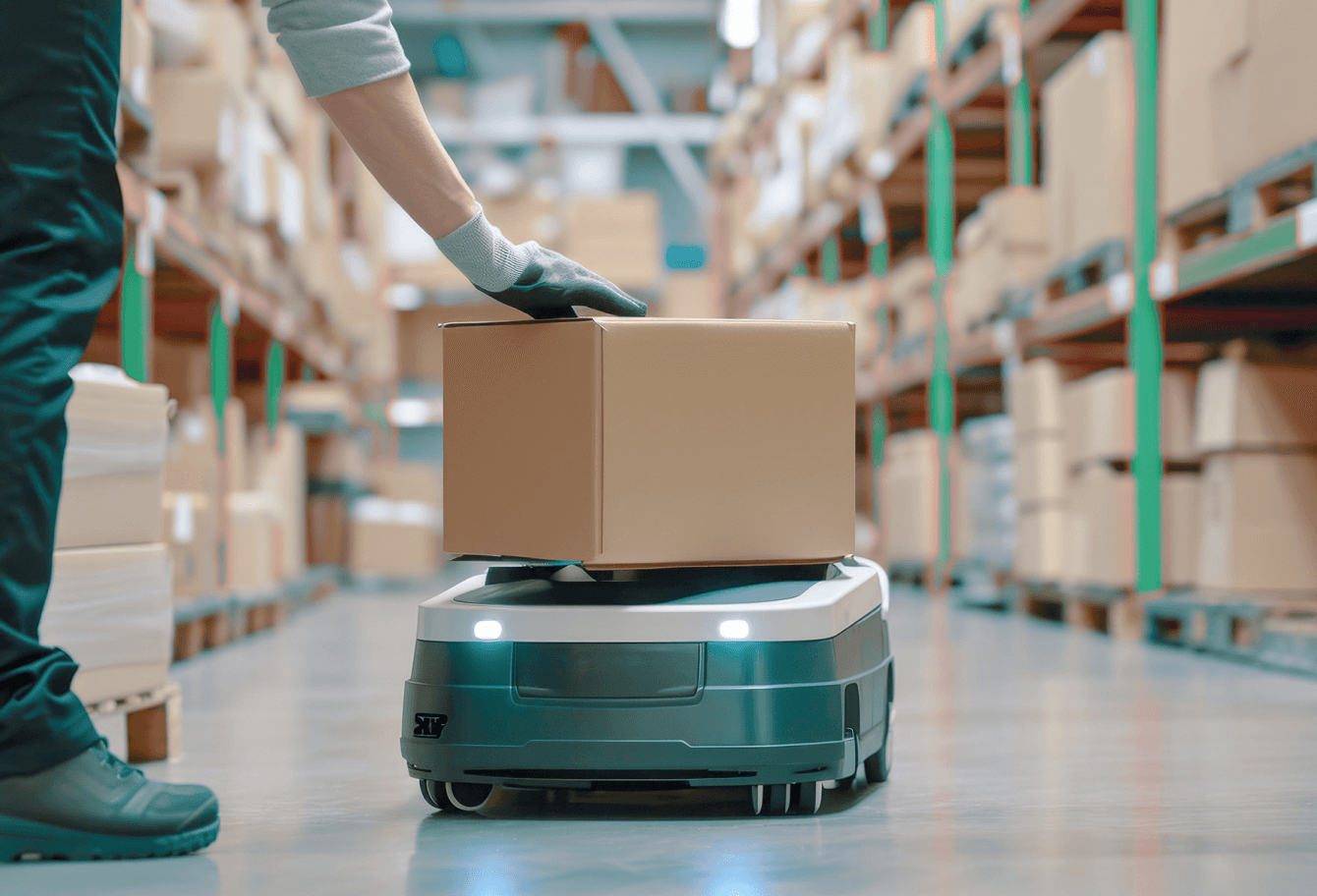Intelligent Automation and Artificial Intelligence are often used interchangeably due to their similar purposes, meaning it can be difficult to distinguish between the two. But if you’re looking at getting started with these technologies, or expanding their use within your organisation, it’s vitally important to understand the difference.
We will explore the key differences between Intelligent Automation (IA) and Artificial Intelligence (AI). You’ll discover the divergence in benefits, the varying circumstances which makes each option preferable over the other, and what the future holds for automation as a whole.
What is Artificial Intelligence?
Artificial Intelligence refers to technologies that use data to replicate or simulate the intelligence of humans. This enables technology to complete processes and perform tasks that are highly complex in nature, and until recently could only viably be completed by human endeavour.
What sets AI apart from other types of automation systems is that it can improve itself when used over a long period of time. AI can analyse data and find patterns in it, learn from everything that it has done before, and generate responses, content or information based on intended outcomes.
Benefits of Artificial Intelligence
With AI solutions in place, the outcomes and the insights that they can generate can support a variety of improvements organisation-wide, such as:
 Better decision-making
Better decision-making
The depth of the analysis that AI can perform means that AI can make informed decisions just as well as humans can, and in some cases at an even better level. Additionally, AI can be used to support human decision-making with data-driven insights, and remove the guesswork (and potential for mistakes) when making choices based on gut instinct.
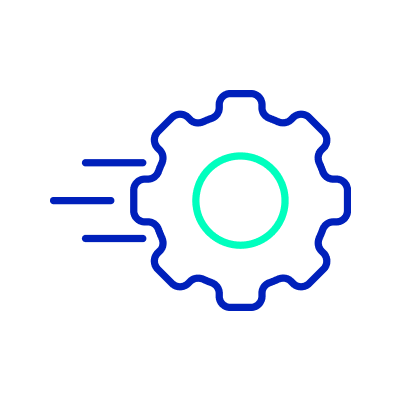 Faster task execution
Faster task execution
AI can address problems and complete data-intensive tasks far quicker than a human could, and as it learns more from the data it uses, its speed and performance only continue to increase.
 More intuitive customer experiences
More intuitive customer experiences
There are several ways in which customers and end-users benefit from AI innovation. They can receive quicker and more focused resolutions from AI-powered customer service chatbots, and they can enjoy buying journeys tailored to their preferences including personalised, AI-generated content.
 Lower rates of errors
Lower rates of errors
Many of the processes that AI takes care of are prone to errors if done manually, either because they’re mundane and repetitive, or because they’re very complex and use large amounts of data. AI removes this risk by executing processes comprehensively and consistently.
What is Intelligent Automation?
Intelligent automation involves using technologies like AI to make better and faster decisions within organisations. This allows processes to become simpler, resources to be saved and efficiency improved.
Other innovations that support Intelligent Automation include:
Robotic Process Automation (RPA):
A means of automating relatively simple, linear tasks and processes, based on clearly-defined parameters and outcomes.
Low-Code / No-Code Workflows:
Technology focused specifically on business processes and workflow automation, allowing full control over complex, multi-step tasks that may require multiple inputs from different parties.
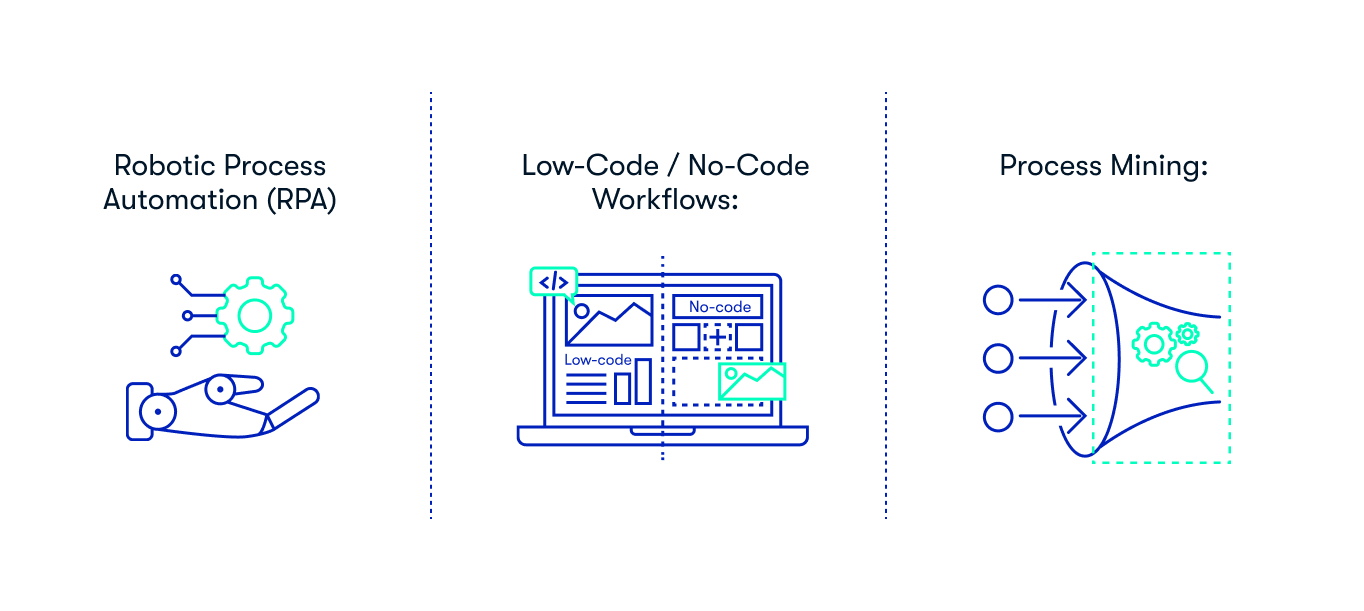
Process Mining:
A specialised tool to allow businesses to forensically analyse process logs to identify variations, non-compliance and process inefficiencies.
Benefits of Intelligent Automation
 Reducing costs
Reducing costs
Using automation to conduct business processes that would otherwise be done by humans can generate major cost savings. This can be down to Intelligent Automation solutions replacing other, more expensive solutions relating to data and processing; and through being able to reduce human headcount.
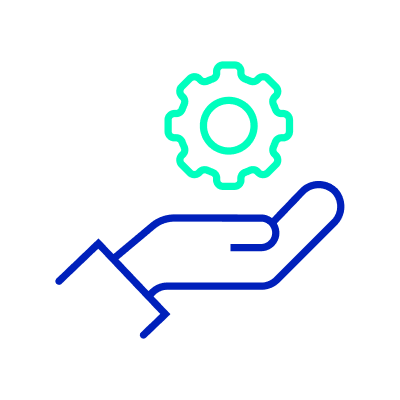 Faster processing
Faster processing
Being able to conduct business processes much faster can support higher rates of productivity, as well as greater agility in competitive marketplaces where first-mover advantage can be key.
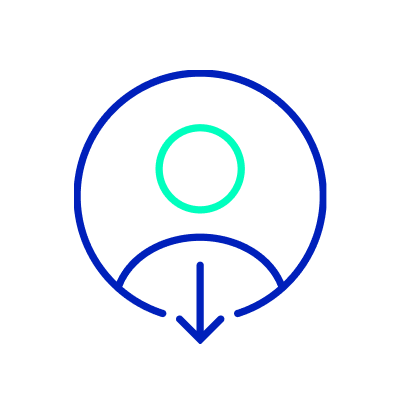 Reduced demand on staff
Reduced demand on staff
Without the need to spend hour after hour on repetitive processes, valuable staff time can be freed up for them to add value to the business elsewhere. Additionally, the lower strain of administration placed on them will help them feel less stressed and happier in their work, which should also make them more motivated and improve productivity.
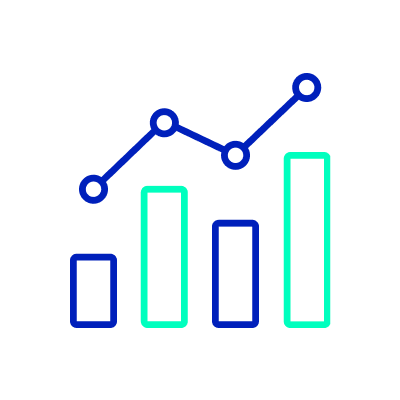 Maximised data value
Maximised data value
Using Intelligent Automation naturally makes sure that business data is correctly collected, analysed and stored, because the solutions won’t deliver the intended outcomes otherwise. This has knock-on benefits for other areas of an organisation where having consistently high-quality data can improve efficiency, operations and insights.
Intelligent Automation vs AI: Key Differences
AI and IA are closely related technologies, but they have very different business roles. Both involve automation and advanced algorithms, but they vary in what they cover and how they work. The main differences include:
Decision-making:
AI systems operate by making decisions through pattern recognition and data analysis, frequently without requiring human input. They possess the capability to learn from data, thereby enhancing their performance as time progresses. On the other hand, IA predominantly relies on predetermined rules derived from familiar scenarios.
Scope:
AI systems exhibit the capacity to manage intricate tasks demanding cognitive skills and navigate unfamiliar situations adeptly. In contrast, IA excels at streamlining and automating routine, rule based tasks, though it can also handle intricate assignments. Its main emphasis lies in leveraging a predefined set of principles to enhance operational efficiency.
Human Interaction:
AI engages in human interaction through natural language interfaces such as chatbots and virtual assistants, possessing the capability to comprehend and generate human language. IA interfaces predominantly emphasise process interaction, automating tasks that results in seamless coordination between various systems.
Combining Artificial Intelligence and Intelligent Automation
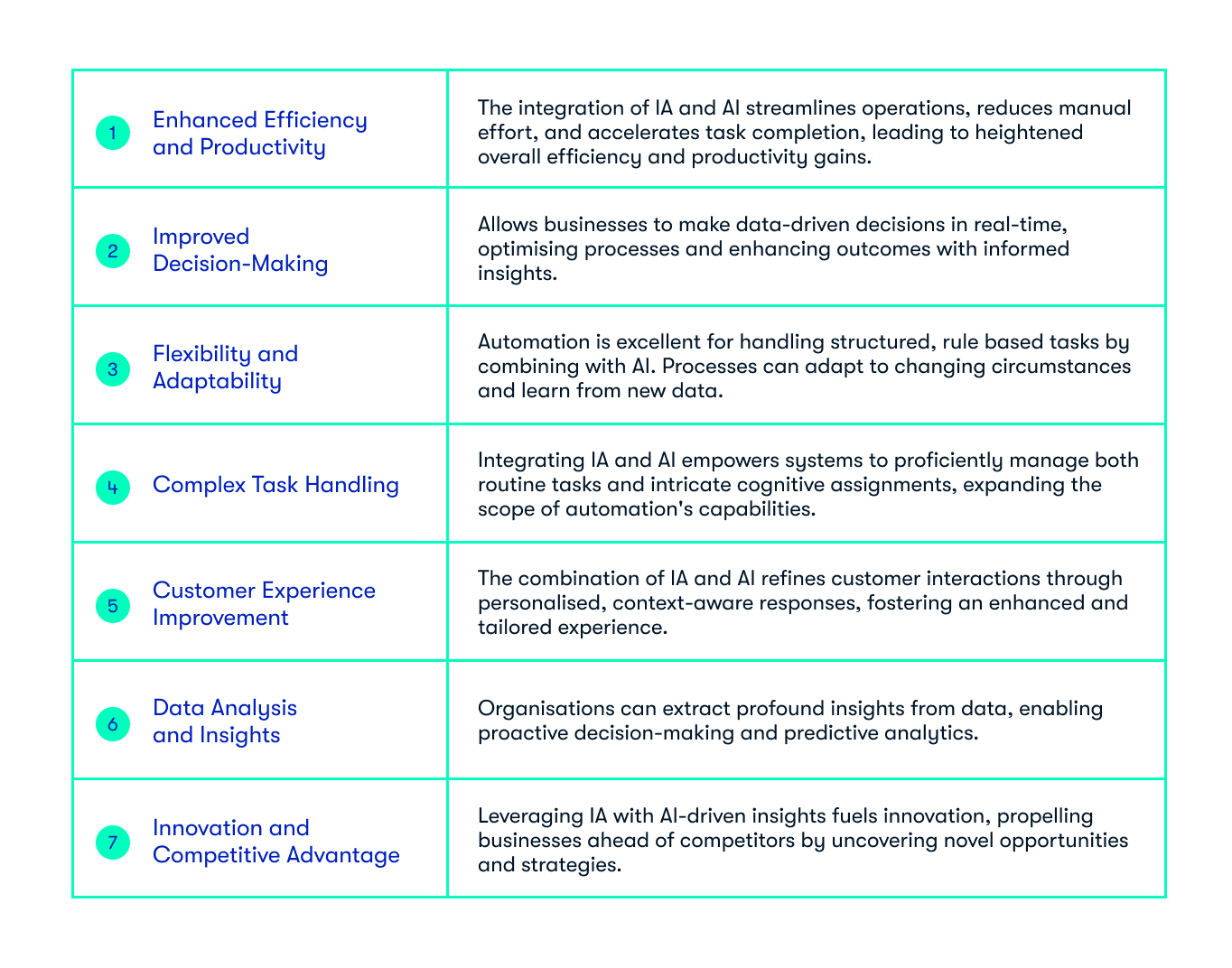
The future of AI and Intelligent Automation
As this blog demonstrates, there is already an element of convergence between Artificial Intelligence specifically and Intelligent Automation as a whole. And as the technology continues to improve at pace, the relationship with the two is only likely to get closer.
Indeed, in the months and years ahead, the most practical way forward for many businesses is a comprehensive, multi-faceted Intelligent Automation solution. This approach would bring together several or even all of the different technologies available - AI, RPA, BPM and more - so that businesses can apply automation to the widest possible range of processes and use cases.
It’s through this approach, commonly known as ‘hyper automation’, that the biggest benefits of the technology can be realised - but only if applied and deployed in the right way.
If you’re unsure what this deployment should look like for your business, then Ciklum’s extensive expertise in generative AI, Automated Intelligence and more can point you in the right direction. Talk to us today to discuss your specifics and start your journey towards Automated Intelligence that works for you.




























